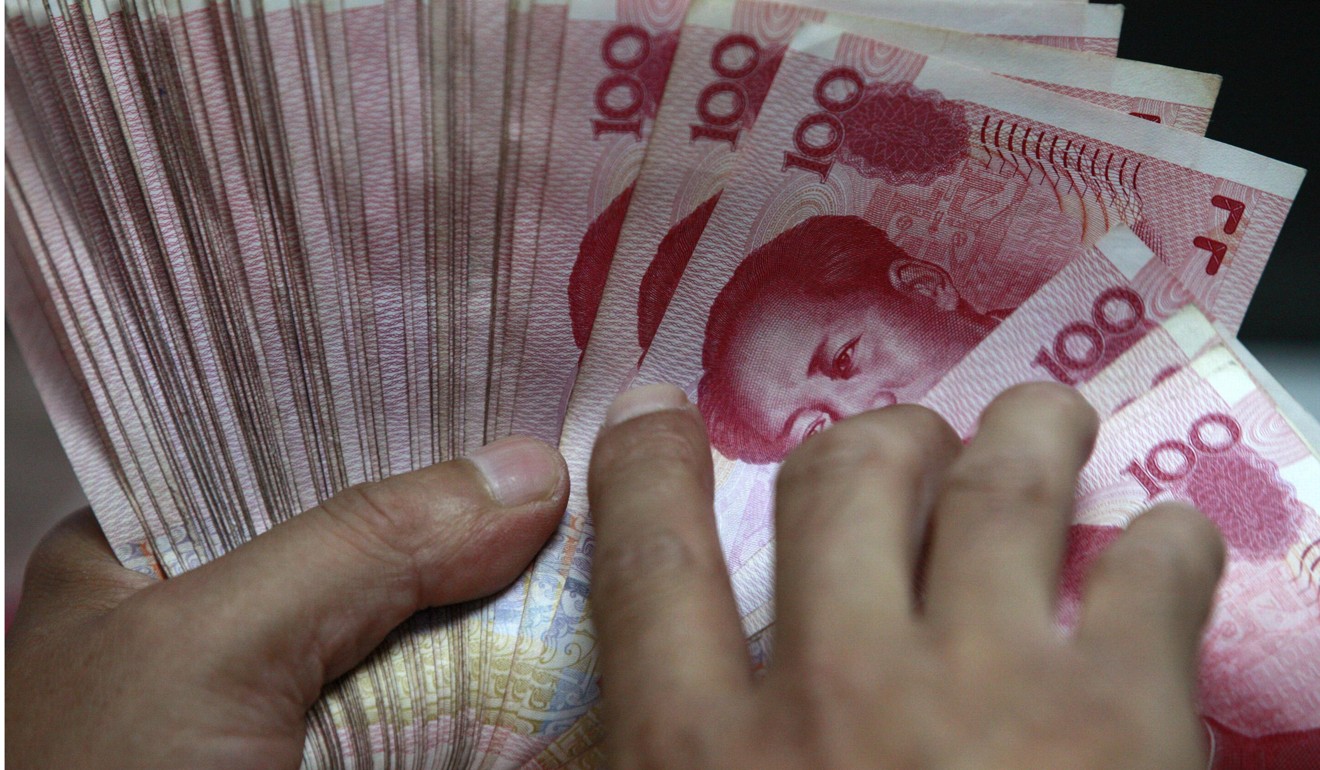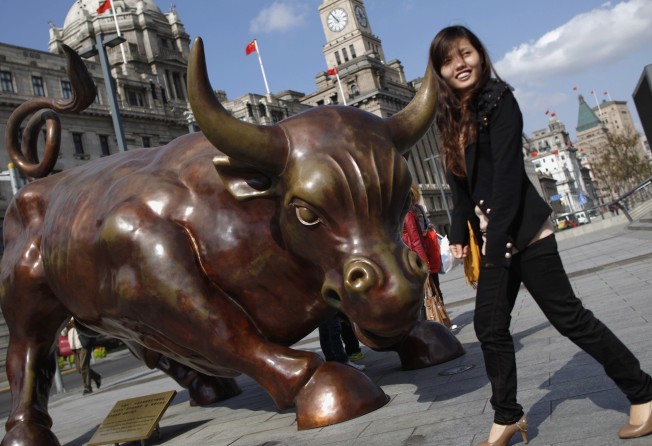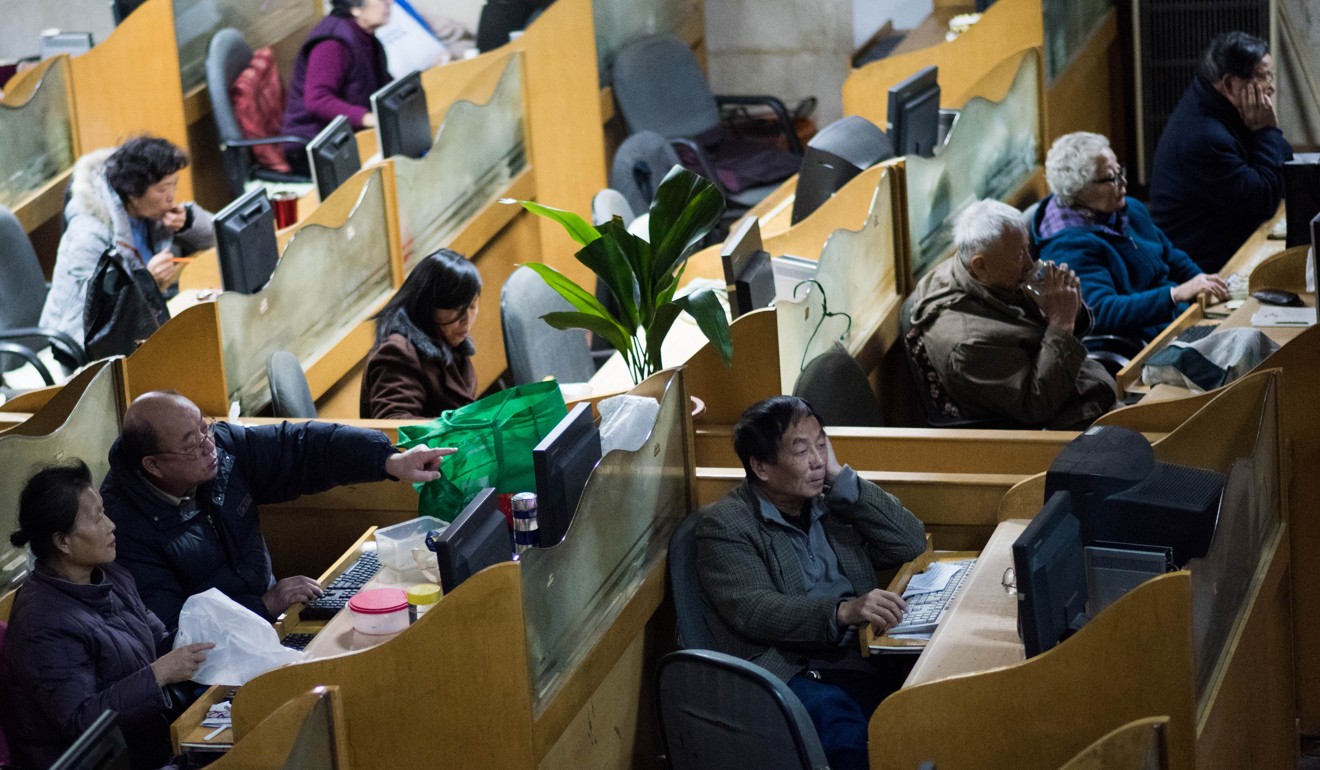
China’s untested funds of funds: fleeting hype or long-term gain?
Chinese regulators are set to grant more approvals for FoF products after giving the green light for the first six funds last month

Mainland investors have subscribed to the first two funds of funds on the A-share market with zest, convinced that the funds could breathe new fire into the securities industry.
But their enthusiasm may have superseded reality as the funds would not have the wizardry to guarantee handsome returns.
China Southern Fund Management raised 3.3 billion yuan (US$497.39 million) for the mainland’s first fund of funds (FoF) for A shares last week, closing with 300 million yuan more than its 3 billion yuan target and 11 days ahead of schedule.
Harvest Fund Management also completed the fundraising for its first FoF earlier than expected, although it has yet to announce the amount of capital netted.
The China Securities Regulatory Commission (CSRC) gave the green light to the first six mutual fund houses to launch FoF products last month, in another step forward to encourage institutional buying. A FoF is essentially a large-size fund that allocates cash to a portfolio of investment funds.
Aside from China Southern and Harvest, the other four money managers are CCB Principal Asset Management, China Asset Management, HFT Investment Management and Manulife Teda Fund Management.
“New investment products are normally greeted by fanfare in China,” said He Yan, a hedge fund manager at Shanghai Shiva Investment. “It actually takes time before the managers for the funds of funds prove to be successful.”
FoF offers a broad diversification and appropriate asset allocation. It is viewed as an investment tool that appeals to investors with low risk appetite.
Optimistic analysts have predicted that as much as 800 billion yuan is likely to flow into the funds of funds, with the CSRC’s continual backing of the product’s growth.

HFT will be the last asset firm to close the fundraising for its FoF, with the date set on November 10.
The CSRC is set to grant approvals to more fund management companies to launch FoF products to bolster institutional buying.
It actually takes time before the managers for the funds of funds prove to be successful
FoF is touted as a game changer in the country’s mutual fund sector in which more than 10 trillion yuan of funds are managed by about 120 fund houses.
But the A-share market is currently dominated by more than 100 million retail investors whose trading of mainland-listed equities accounts for most of the total turnover.
Many of them had held fund managers as in-the-know professionals astute in finding tomorrow’s profit stars, while dodging market collapses to achieve high investment returns. Value of mutual funds surged nearly fourfold in 2007 to 3 trillion yuan, buoyed by a 97 per cent market rally.
But a bear market in 2008 caused most of the funds to lose money. Later that year, a Galaxy Securities report bluntly pointed out that the performance of mutual funds in China had almost nothing to do with those who manage them.

Last year, mutual funds in China raised 22.3 billion yuan for stock-focused products, just 7.2 per cent of the total raised in 2015.
The stock market rout between mid-June and late August in 2015 weighed on mainland investors who decided to shy away from the equity market and equity investment funds.
“By nature, FoF is just to pool assets before distributing them to the existing funds. Consequently, it is far from becoming a saviour for the fund industry and the market,” said Ivan Li, a trader with Everbright Securities.
Consequently, it is far from becoming a saviour for the fund industry and the market
“If performance by the first batch of funds turns out to be lower than expectations, investors’ interest will be thwarted.”
FoF was created in the United States in 1960s and pension funds are the major source of the capital.
The lacklustre performance by the qualified domestic institutional investors (QDII) in 2007 to 2008 is a rude reminder to mainland investors.
When Beijing allowed domestic mutual funds to launch QDII funds earmarked for purchase of overseas-listed equities, nearly all the funds were heavily oversubscribed amid a buying euphoria.
One year later, the International Balanced Fund managed by Shanghai-based Hua An Fund Management faced liquidation after suffering a six per cent loss as it fell victim to Lehman Brothers’ collapse during the US subprime mortgage crisis.
It was a guaranteed fund that promised to repay investors at least their principals.
Part of the fund’s assets was invested in structured notes issued by Lehman Brothers.